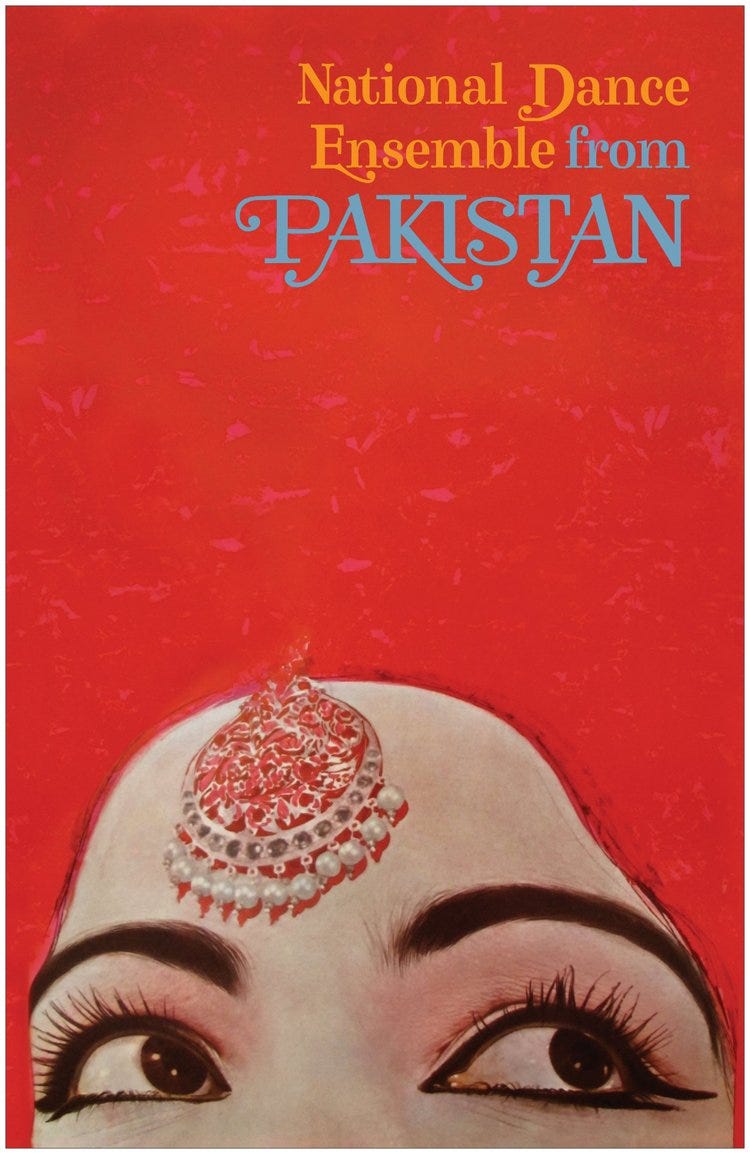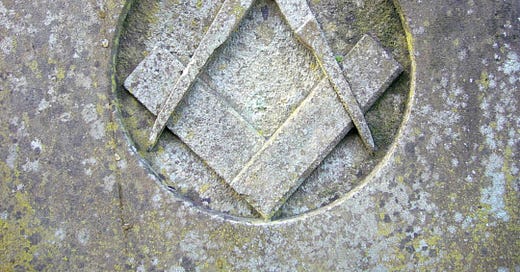The Secret Legacy of Freemasonry in Post-Colonial Pakistan: Whispers of the Jadoo Ghars
Words by Afifa Shahid
Welcome to the Brown History Newsletter. If you’re enjoying this labor of love, please do consider becoming a paid subscriber. Your contribution would help pay the writers and illustrators and support this weekly publication. If you like to submit a writing piece, please send me a pitch by email at brownhistory1947@gmail.com.
Don’t forget to check out our SHOP and our Podcast.

Recommended Reads:
The Secret Legacy of Freemasonry in Post-Colonial Pakistan: Whispers of the Jadoo Ghars
In the bustling heart of Lahore, within the labyrinthine alleys and ancient bazaars, lies a legacy cloaked in secrecy and intrigue. The old city, adorned its Mughal-era architecture and bustling markets, harbors more than mere echoes of its storied past. It safeguards secrets that stretch beyond its walls, secrets whispered through generations—the mysteries of the Jadoo Ghars, the Magic Houses.
During the heyday of the British Raj, while the Union Jack waved triumphantly over the Indian subcontinent, another emblem began to quietly establish its presence—the square and compass of Freemasonry. Known locally as jadoo ghars and their members as jadoogars, these lodges were not merely ceremonial halls but enigmatic entities that wielded influence far beyond their ornate interiors.
In Medieval Europe, Freemasonry was a fraternity aimed at moral and personal development. However, its clandestine nature and network of influential members made it an effective tool for the British to spread their ideologies and maintain control over their colonies.







